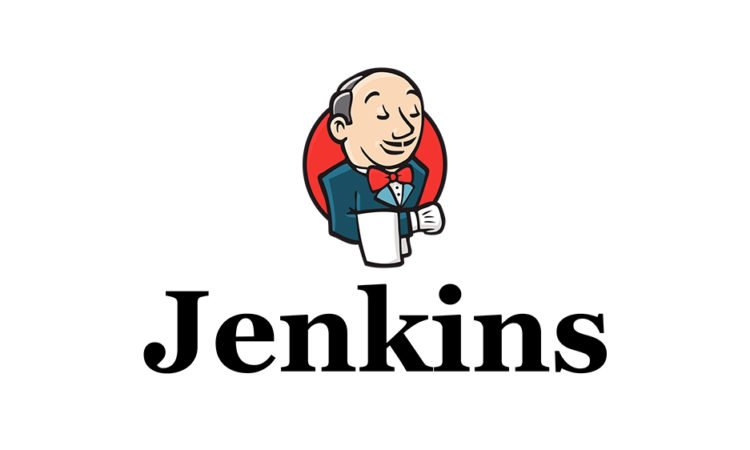
In the fast-paced world of software development, efficiency is key. A slow CI/CD pipeline can bottleneck your delivery process, causing frustration among developers and stakeholders. Jenkins, a popular CI/CD tool, can sometimes experience slower build times if not configured properly. By optimizing Jenkins for speed, you can enhance your pipeline’s performance, reduce feedback loops, and accelerate software delivery. This blog provides actionable tips to optimize build times in Jenkins, helping those exploring a cloud computing course in Mumbai develop a crucial skill for the DevOps world.
Why is Build Time Optimization Important?
The faster your CI/CD pipeline, the quicker you can test, deploy, and iterate on your code. Speeding up Jenkins builds offers multiple benefits:
- Improves developer productivity: Developers spend less time waiting and more time coding.
- Reduces costs: Efficient pipelines consume fewer resources, which is beneficial for cloud-based builds where compute costs can add up.
- Enhances code quality: Faster feedback on code changes promotes frequent testing, catching issues early and reducing technical debt.
Tips to Optimize Build Times in Jenkins
Let’s dive into several effective ways to speed up your Jenkins build times.
1. Use Parallel Stages
Parallelizing jobs is one of the best ways to cut down on build time. By running tests and builds in parallel, Jenkins reduces the time taken to complete the entire pipeline.
How to implement:
In your Jenkinsfile, use the parallel keyword to divide jobs into parallel stages.
2. Implement Incremental Builds
Full builds are often unnecessary when only a small portion of the code has changed. Jenkins can be configured for incremental builds, which only rebuild the parts of the project affected by the latest changes.
How to implement:
Use a version control plugin like the Git plugin to detect changes. Configuring incremental builds requires specifying paths or modules to be built based on modified files, reducing the build workload.
3. Use Caching Effectively
Caching frequently used files, dependencies, or artifacts can save time during builds by avoiding repeated downloads or installations.
How to implement:
- Dependency Caching: Use tools like Gradle or Maven with caching settings enabled, or cache the
node_modulesfolder for JavaScript projects. - Docker Layer Caching: If you’re building Docker images, configure Docker to reuse layers that haven’t changed, reducing build time significantly.
Example for caching with node_modules:
4. Use Lightweight Checkouts
A common issue in Jenkins pipelines is the time taken to clone large repositories. Lightweight checkouts can help by only fetching the Jenkinsfile rather than the entire codebase, particularly in the case of large repositories.
How to implement:
In your Jenkins pipeline configuration, enable the Lightweight checkout option under Pipeline script from SCM settings. This setting reduces the data being cloned to only what’s necessary.
5. Configure Agent Allocation Wisely
Using multiple agents in Jenkins can help distribute the workload, reducing the load on any single agent. Configure your Jenkins pipeline to use specific agents for different tasks, or consider using cloud-based agents for elastic scaling.
How to implement:
Specify agents per stage in your Jenkinsfile, allowing jobs to be distributed across nodes.
6. Reduce I/O Operations
Heavy input/output (I/O) operations can slow down builds, especially when dealing with shared storage. Reducing I/O operations, such as logging, or redirecting them to local storage, can help speed up your pipeline.
How to implement:
- Limit verbose logging unless absolutely necessary.
- Store temporary files on local storage rather than shared storage, especially in cloud environments.
7. Implement a CI/CD Pipeline with Docker
Running Jenkins builds in Docker containers can standardize the build environment, reducing conflicts and failures. Additionally, Docker images can be optimized with caching to speed up builds.
How to implement:
Set up Jenkins to use Docker as the build environment by creating a Dockerfile with all necessary dependencies pre-installed.
Additional Best Practices for Speeding Up Jenkins Builds
- Limit Polling Intervals: Polling frequently can strain Jenkins resources. Use webhooks or set up lower polling frequencies to reduce load.
- Monitor and Optimize: Regularly monitor build times, resource usage, and logs to identify bottlenecks. Plugins like Performance Publisher or Build Metrics can offer insights into pipeline performance.
- Use Smaller Base Images: For Docker-based builds, smaller base images (like
alpine) can speed up build times as they contain fewer packages.
Optimizing Jenkins for Cloud-Based CI/CD Pipelines
For developers and DevOps enthusiasts in a cloud computing course in Mumbai, understanding cloud-optimized CI/CD practices with Jenkins can further enhance performance. In cloud environments:
- Leverage Cloud Agents: Use dynamic agents on AWS, Azure, or Google Cloud, which can scale up or down based on demand.
- Distribute Builds: Set up Jenkins to distribute tasks across multiple cloud regions if latency becomes an issue.
- Optimize Storage: Configure Jenkins to utilize cloud storage optimally, using services like Amazon S3 for storing large artifacts instead of relying on on-premises storage.
Conclusion
Speed is everything in CI/CD, and optimizing Jenkins build times can greatly enhance productivity and efficiency for your DevOps team. From parallel stages to efficient caching and Dockerization, these techniques will enable you to streamline your CI/CD process in Jenkins. By mastering Jenkins optimization, you not only improve your workflows but also gain an essential skill for roles in DevOps and cloud computing.
Whether you’re new to CI/CD or looking to deepen your understanding, learning to optimize Jenkins can make a significant difference. If you’re based in Mumbai, a cloud computing course can provide hands-on exposure to tools like Jenkins, giving you the edge needed to thrive in modern software development environments.





